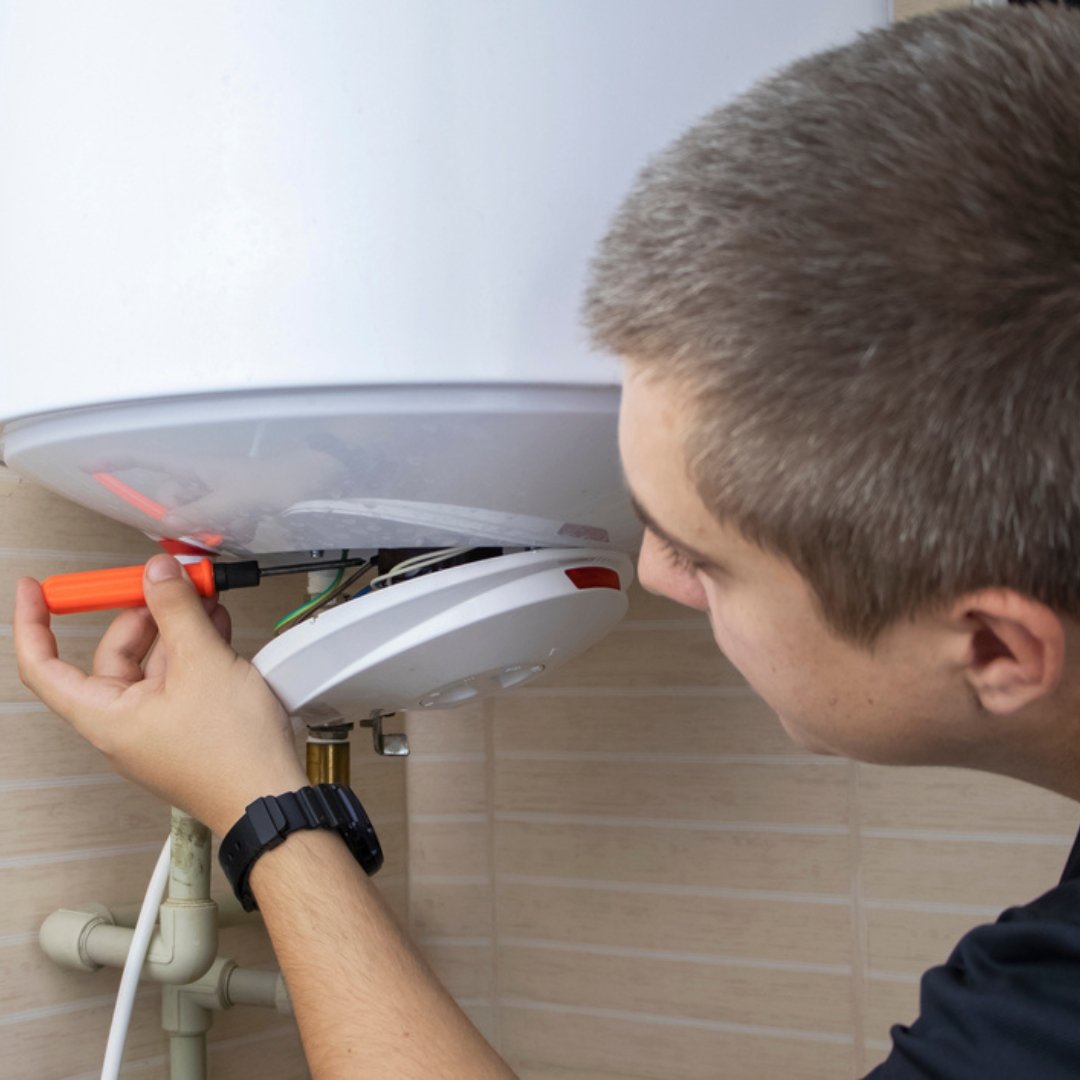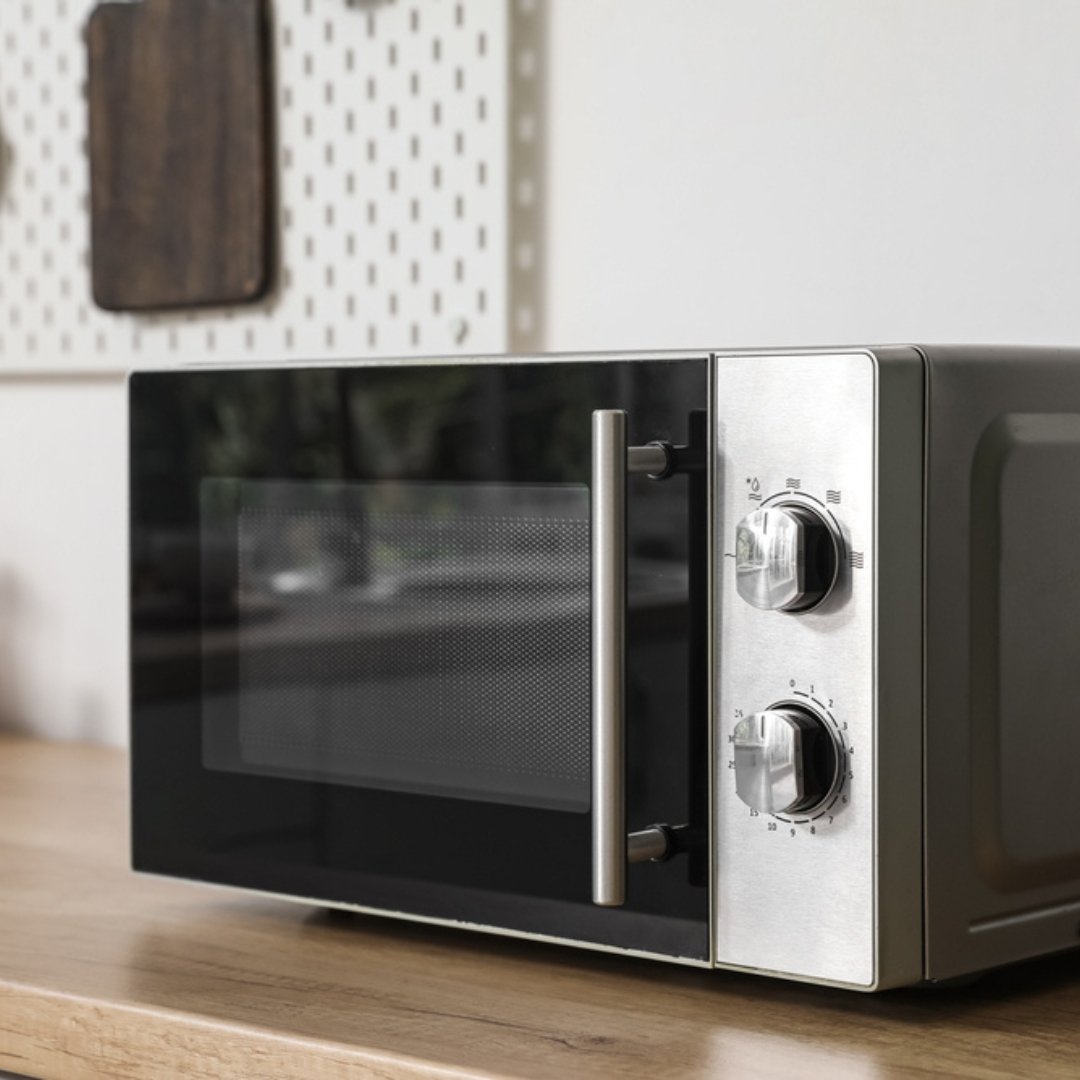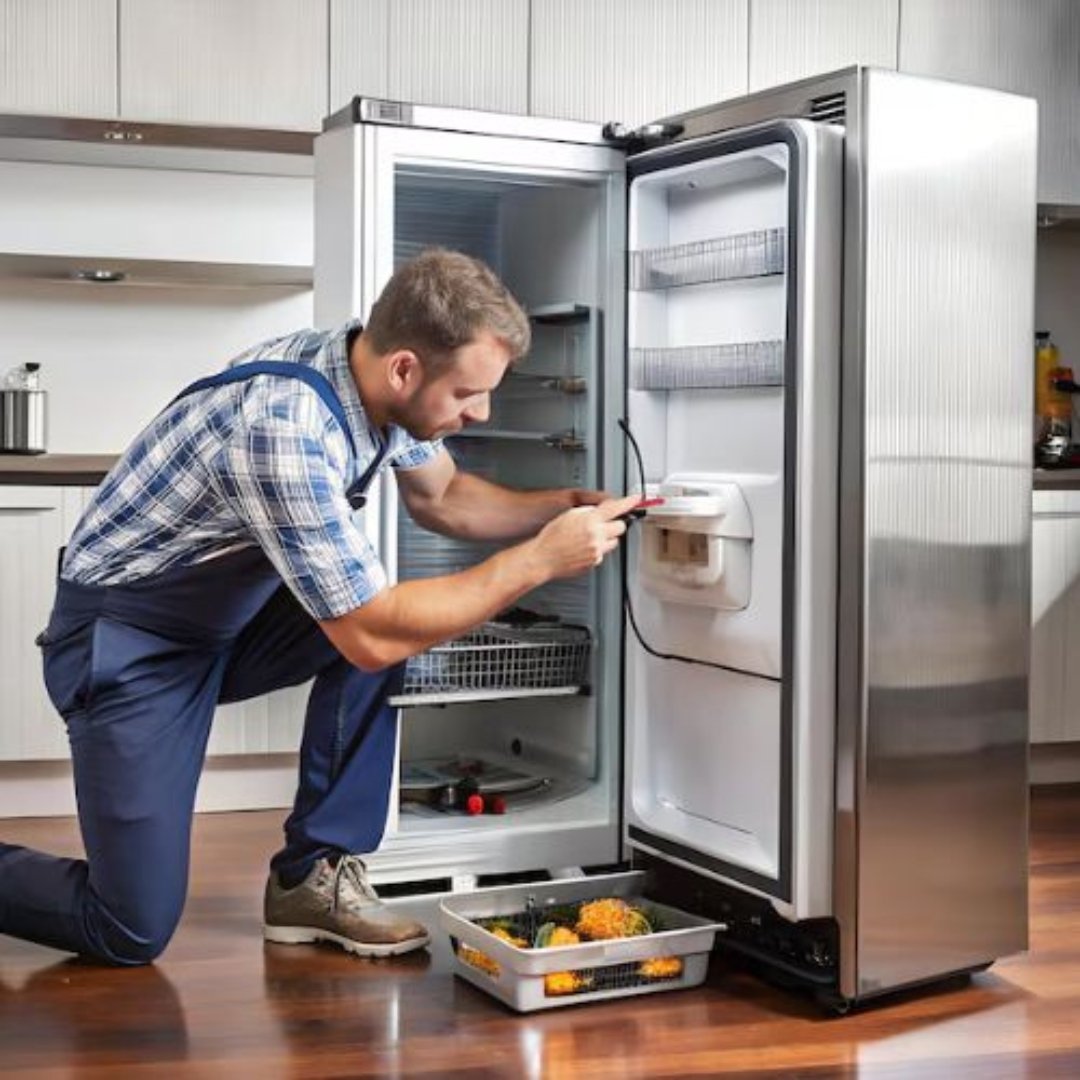How to Maintain Your Electrical Appliances Between PAT Tests
Portable Appliance Testing (PAT) is a vital part of workplace and household safety, helping to ensure that all electrical equipment remains safe to use. In the UK and many other regions, PAT testing is often carried out annually (or at an interval based on usage and risk level), but it’s important to remember that safety doesn’t stop once the inspection is complete.
Electrical appliances are in constant use, and wear and tear can occur at any time. Maintaining your equipment between PAT tests not only reduces safety risks but also extends the lifespan of your devices, prevents downtime, and saves you money in the long run. Here are some detailed and practical steps you can follow to keep your electrical appliances in excellent condition between PAT tests. To Know More Click Here
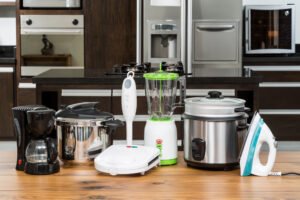
1. Carry Out Regular Visual Inspections
- Check cables for fraying, cuts, or splits.
- Inspect plugs for cracks, bent pins, or scorch marks.
- Look for signs of overheating or burning smells.
- Ensure sockets are secure and free of black marks.
Tip: Create a simple checklist so staff or family members know exactly what to look for during routine checks.
2. Keep Appliances Clean and Well-Ventilated
Dust and dirt can cause overheating and damage internal components.
- Wipe appliances with a dry cloth.
- Use compressed air or a vacuum for vents.
- Ensure space for airflow around heaters, computers, and kitchen appliances.
3. Avoid Overloading Sockets and Extension Leads
Overloaded sockets are a leading cause of fires.
- Never daisy-chain extension leads.
- Use surge-protected extensions.
- Plug high-wattage appliances directly into wall sockets. To Know More Click Here
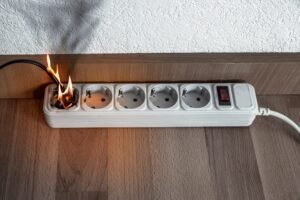
4. Store Equipment Safely
Improper storage can damage appliances.
- Store in dry, dust-free areas.
- Avoid damp or high-temperature environments.
- Coil cables loosely to prevent strain.
- Cover rarely used appliances.
5. Switch Off and Unplug When Not in Use
- Reduces fire hazards.
- Saves energy.
- Protects against power surges.
- Smart plugs or timers can automate this process.
6. Schedule Mini-Checks Between PAT Tests
- High-use appliances: monthly checks.
- Low-use appliances: every 2–3 months.
- Keep a logbook for all inspections.
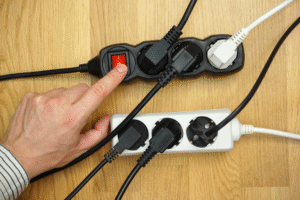
7. Provide Proper Training and Awareness
- Train staff to spot hazards.
- Teach correct use and storage.
- Encourage immediate fault reporting.
- Display safety reminders.
8. Arrange Timely Repairs
- Remove faulty appliances from service.
- Clearly label them “Do Not Use.”
- Have repairs done only by qualified technicians.
- Re-test before use.
9. Keep Documentation and Maintenance Records
- Record inspections, repairs, and replacements.
- Track appliance performance over time.
- Use digital records for easy audits. To Know More Click Here

FAQs on Maintaining Electrical Appliances Between PAT Tests
Q1. How often should I check appliances between PAT tests?
High-use appliances should be inspected monthly, while less frequently used appliances can be checked every few months. Always log your checks.
Q2. Who should carry out visual inspections?
Anyone trained to spot basic signs of damage can do visual checks, but only qualified engineers should repair or re-test faulty equipment.
Q3. What should I do if I find a damaged appliance?
Stop using it immediately, label it “Do Not Use,” and have it repaired by a qualified professional before putting it back into service.
Q4. Is unplugging appliances necessary if they’re switched off?
Yes. Unplugging reduces the risk of power surges, conserves energy, and prevents accidental overheating.
Q5. Can regular maintenance reduce PAT testing frequency?
No. PAT testing schedules are based on regulations and risk levels. However, good maintenance ensures your appliances pass their tests easily and remain safe year-round.
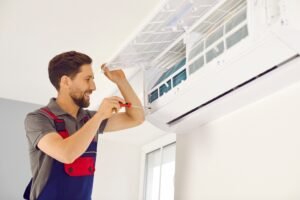
Conclusion
PAT testing is essential for compliance and safety, but appliance care doesn’t end there. By carrying out regular inspections, cleaning and storing equipment correctly, avoiding socket overload, unplugging devices when not in use, and scheduling mini-checks, you can keep your appliances safe and efficient between PAT tests.
Preventive care not only protects people from hazards but also extends equipment lifespan and reduces long-term costs. With small, consistent efforts, you can maintain safety and efficiency all year round.
SafeTag – Your Safety Partner in New Zealand
Ensure workplace safety and compliance with SafeTag’s professional testing services. We offer certified solutions for Electrical Testing & Tagging, RCD Testing, Microwave Leakage Testing, and Portable Appliance Testing (PAT). Trust our experts for hassle-free, on-site service tailored to your business needs.

